When it comes to home decor, small details can make a significant difference. One of these often-overlooked details is decorative trim for cabinets. In my personal experience, adding trim to cabinets can breathe new life into your kitchen or living space, making it feel custom and well-designed. In this comprehensive guide, we will explore everything you need to know about cabinet trim, from styles and materials to installation techniques and cost considerations.
What is Decorative Trim for Cabinets?
Decorative trim refers to the ornate embellishments that can be added to cabinets to enhance their visual appeal. These trims can range from simple, clean lines to intricate moldings, creating a unique aesthetic that complements your home’s style.
Types of Decorative Trim
Understanding the different types of decorative trim available is crucial for selecting the right option for your cabinets. Below are some common styles:
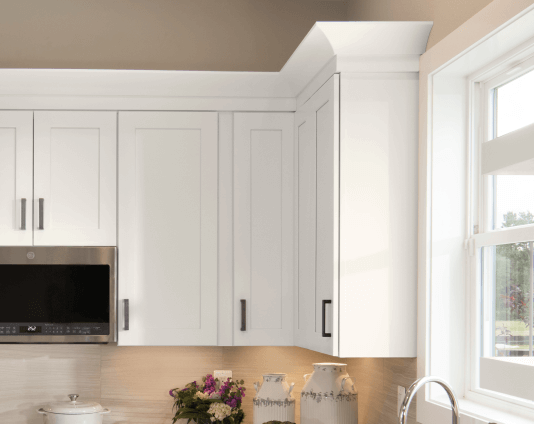
- Crown Molding: Typically installed at the top of cabinets, crown molding adds height and elegance.
- Base Trim: Applied at the bottom, base trim can create a finished look and hide gaps.
- Chair Rail: Used to separate wall finishes and add dimension, chair rails can also be applied to cabinetry.
- Panel Molding: This style adds a three-dimensional effect to flat cabinet doors.
- Accent Strips: Thin strips of trim can create outlines or borders around cabinets.
Why Choose Decorative Trim?
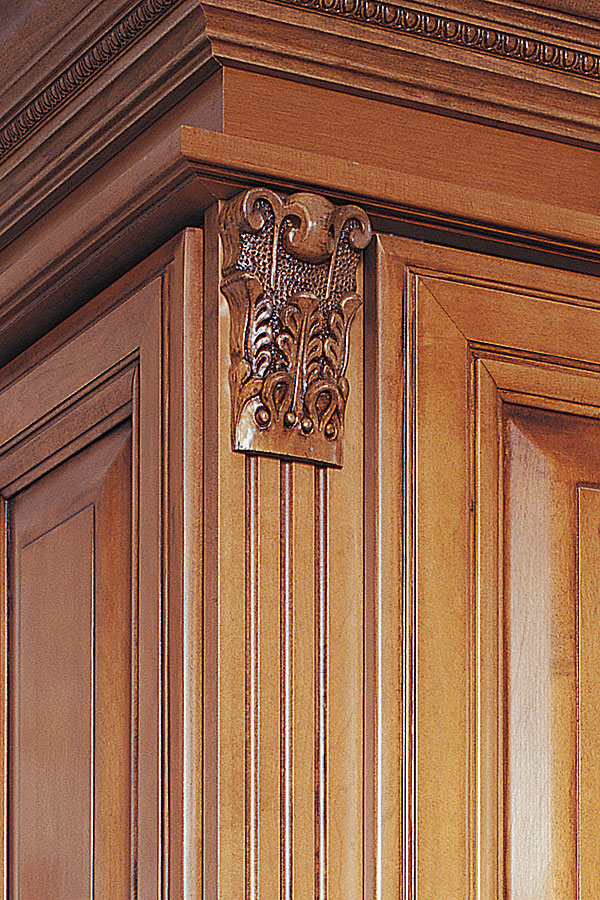
Investing in decorative trim for cabinets has numerous benefits. Here are some reasons to consider it:
- Enhanced Aesthetic: Trim adds character and style to any room.
- Increased Home Value: Well-designed cabinetry improves the overall value of your home.
- Customization: You can tailor trim styles to match your home’s decor.
- Hides Imperfections: Trim can effectively conceal gaps and imperfections in cabinetry.

Selecting the Right Trim Style
Choosing the right decorative trim can be challenging. Here are key considerations:

1. Match Your Home’s Style
Consider your home’s architectural style. Traditional homes may benefit from more ornate, detailed trims, while modern homes might favor sleek, minimalist designs.
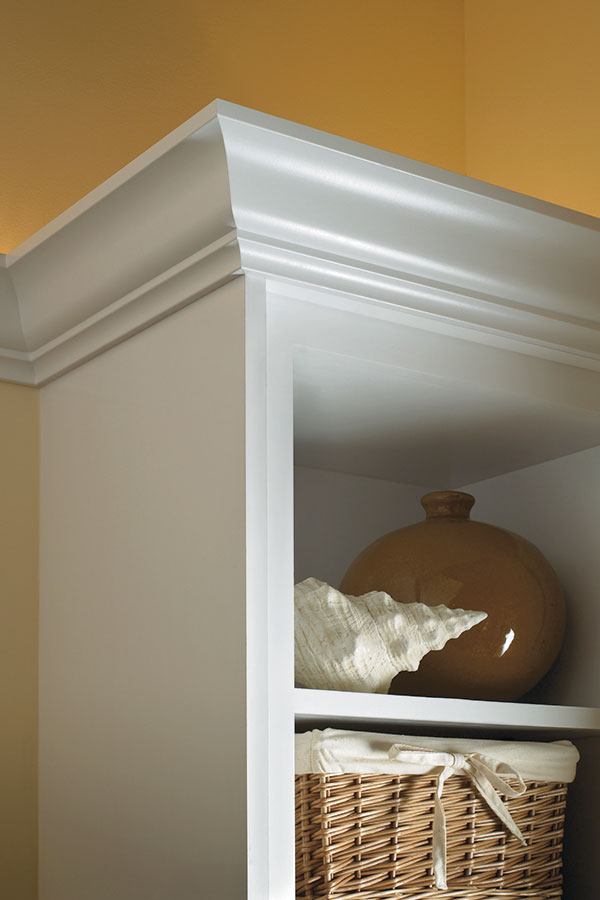
2. Consider Functionality
Think about the cabinet’s purpose. For example, kitchen cabinets may require more durable materials compared to decorative bathroom models.
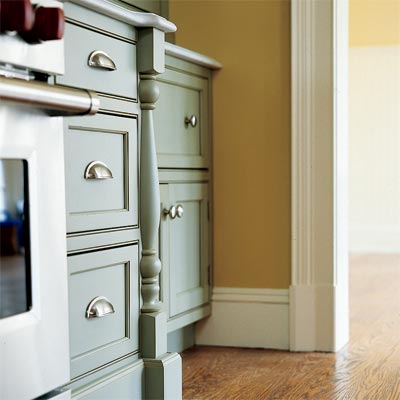
3. Budget
Determine your budget early on, as prices can vary significantly based on material and design complexity.
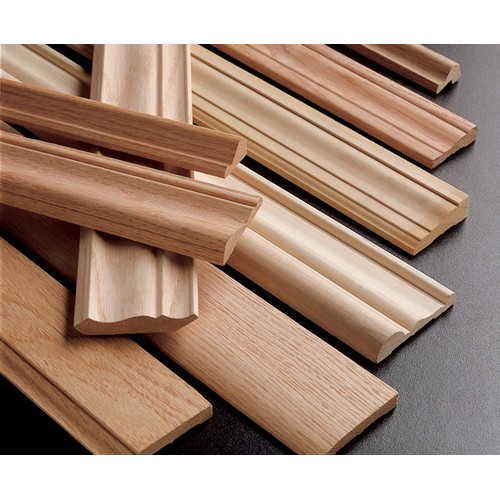
4. Choose the Right Material
| Material | Durability | Cost | Best For |
|---|---|---|---|
| Wood | High | $$$ | Traditional styles |
| Medium Density Fiberboard (MDF) | Medium | $$ | Cost-effective designs |
| Polyurethane | High | $$$ | Versatile applications |
| Vinyl | Medium | $$ | Easy maintenance |
Installation Process for Decorative Trim
Installing decorative trim can be a rewarding DIY project. Below, I’ll walk you through the steps I took when I added trim to my cabinets, which not only elevated their look but also gave me a sense of accomplishment.
Required Tools
- Miter saw
- Nail gun or hammer
- Wood glue
- Measuring tape
- Level
- Paint or stain
Step-by-Step Installation Guide
- Measure and Plan: Begin by measuring the areas where you plan to install the trim. Create a plan that details the type and placement of trim.
- Cut the Trim: Using a miter saw, cut the trim pieces at the appropriate angles for corners.
- Attach the Trim: Apply wood glue to the back of each piece and secure it with a nail gun or hammer. Use a level to ensure accuracy.
- Fill Gaps and Holes: Use wood filler to fill in any holes or gaps, then sand smooth once dry.
- Finish: Finally, paint or stain the trim to match your cabinets and allow it to dry completely.
Cost Considerations for Decorative Trim
The cost of decorative trim can vary widely based on materials, design complexity, and local labor rates. Here’s a simple breakdown:
| Type of Trim | Material Cost (per linear foot) | Installation Cost (if applicable) |
|---|---|---|
| Crown Molding | $3 – $6 | $2 – $5 |
| Base Trim | $1 – $4 | $1 – $3 |
| Chair Rail | $1 – $5 | $1 – $4 |
| Panel Molding | $3 – $8 | $2 – $5 |
Pros and Cons of Decorative Trim for Cabinets
Pros
- Visual Appeal: Instantly improves the appearance of cabinets.
- Customization: Offers personal expression through various styles.
- Increases Value: Adds value to your home by enhancing its aesthetic.
Cons
- Cost: High-quality trim can be expensive.
- Installation Time: DIY installation can be time-consuming and requires skill.
- Maintenance: Decorative trim may require periodic upkeep to maintain its appearance.
Maintaining Your Decorative Trim
To keep your decorative trim looking fresh and vibrant, regular maintenance is key. Here are some tips:
- Clean Regularly: Dust your trim with a soft cloth to prevent buildup.
- Touch-Up Paint: Keep touch-up paint handy for minor chips or scratches.
- Inspect for Damage: Regularly check for any signs of wear and tear.
Frequently Asked Questions (FAQs)
1. What materials can decorative trim be made from?
Decorative trim can be made from wood, MDF, polyurethane, or even vinyl, depending on your needs and style preferences.
2. How can I determine the best trim style for my cabinets?
Consider your home’s overall style, the purpose of the cabinets, and your budget to determine the best trim style that complements your decor.
3. Is it possible to install decorative trim myself?
Yes! With the right tools and some DIY skills, installing decorative trim can be a rewarding project.
4. How do I maintain my decorative trim?
Regular cleaning, periodic inspections for damage, and touch-ups can help maintain the appearance of your decorative trim.
5. Can decorative trim increase my home’s value?
Absolutely! Well-chosen decorative trim can significantly enhance your home’s aesthetic, potentially increasing its market value.
Conclusion
Decorative trim for cabinets is a wonderful way to elevate your interior design and express your personal style. Whether you opt for classic crown molding or sleek, modern paneling, the right trim can make your cabinets a focal point in any room. As someone who has experienced the transformative effect of decorative trim firsthand, I encourage you to explore the options available and consider incorporating them into your home. Your cabinets deserve it, and so do you!